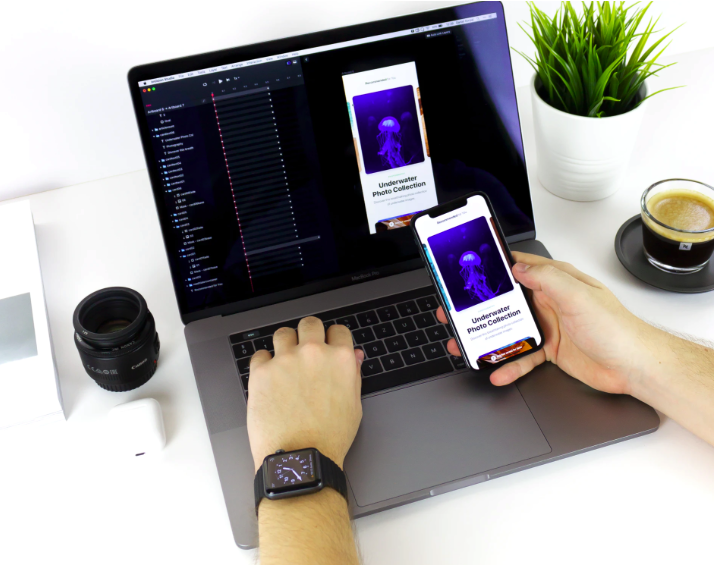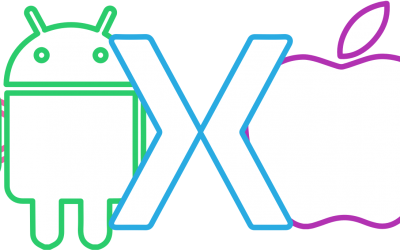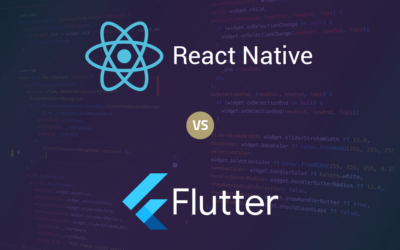Microsoft Blazor is a C# and HTML based web app development framework announced by Microsoft in 2018. The solution incorporates two approaches for web app development: 1) Blazor Server where the web browser acts as a thin-client and most of the app business logic and computation runs on a server in the cloud and 2) Blazer WebAssembly which produces a single-page app that runs entirely in the browser and the business logic of the application is compiled into Wasm portable binary code.
On January 14th, 2020, Microsoft announced experimental Xamarin.Forms binding for Microsoft Blazor. These Mobile Blazor bindings allow developers to use Xamarin forms to create native iOS and Android applications using C# and .NET, creating a mechanism that facilitates sharing code between Blazor web apps and mobile apps. At this time both the Blazer WebAssembly and Mobile Blazor solutions are experimental.
To learn more about Microsoft Blazor and Mobile Blazor please check out these links:
https://devblogs.microsoft.com/aspnet/mobile-blazor-bindings-experiment/
https://github.com/xamarin/MobileBlazorBindings
https://github.com/xamarin/MobileBlazorBindings/tree/master/samples
https://www.zdnet.com/google-amp/article/web-developers-microsoft-blazor-lets-you-build-native-ios-android-apps-in-c-net/
Acknowledgements:
Article image was created by Daniel Korpai.












I must say, it’s refreshing to see a blog post that acknowledges the burgeoning landscape of cross-platform app development. However, I must nitpick and point out that the inclusion of Xamarin.Forms binding for Mobile Blazor is merely an example of Microsoft’s efforts to bridge the gap between web and mobile apps, rather than a distinct solution in itself. For instance, using Flutter or React Native can also enable developers to build native iOS and Android apps with shared codebases. Nevertheless, kudos to Microsoft for exploring new frontiers in cross-platform app development!